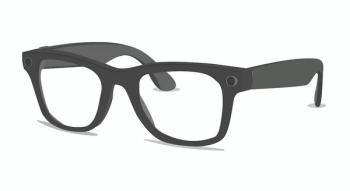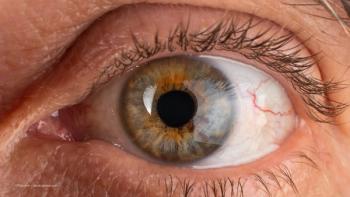
- Vol. 11 No. 3
- Volume 11
- Issue 3
Use technology advancements to modernize your practice
As this year seems to be moving as fast as the last, I find myself thinking of the book I read in 1999 called
The book seemed like a fast-forward into the future, and that was two decades ago. On a related note, I ponder how far we have come in optometry and how far we still have to go.
Evolving patient care
Managing our patients can be made easier with the advancement of
David Dulaney, MD, and Ronald Barnet, MD, were pioneers in the development of an integrated comanagement model.
When I did my residency in 1994, these surgeons were already discussing electronic medical records (EMR), a year shy of starting LASIK, performing small incision cataract surgeries, and looking for the next advancement. These futuristic endeavors opened my eyes to technology’s hold on our profession.
Today, I continue to incorporate technology to manage my patients and to demonstrate the modernization of our practice. The current approach that I share with Jay Schwartz, DO, is to add pieces little by little that can then be integrated into a larger system.
A great example is by starting with the phoroptor. Yes, the same phoroptor we have been spinning for 80 years.
Phoroptor
The digital phoroptor I use is
Phoroptor Variable Resolution X-ray interacts with pre-screening equipment, such as my autorefractor/keratometer, auto lensometer and liquid crystal display (LCD)-based acuity screens. Moreover, the device features Bluetooth capability, making it adaptable to other pre-test equipment with Bluetooth.
The device’s controller and display easily fit on the counter in my lane. This allows me the ability to face my patient as I simultaneously look at the controls and
And when I-or my patient-is under the weather, I can be at a distance that gives us both some room.
The phoroptor also features large buttons that are visible in lit or dim lanes and-more importantly-allow a presbyope to clearly see what he is doing without his progressive lenses.
In addition to interacting with pre-screening devices, the refraction system integrates with multiple electronic health records (EHR) software and
Software integration
Tele-Optometry is eyecare software that permits patients to undergo a comprehensive eye health exam remotely. Live remote video conferencing brings together the patient, eyecare professional, and remote use of devices, such as
For example, because our office is the official eye center for local sport teams, my staff and I cannot be everywhere all the time. With a clinic in walking distance of the local NBA and MLB teams, we could perform exams or screen injuries in real time without being at the arena.
Unlike other forms of remote refractions conducted via a computer-where the OD is not in control-we are fully engaged with the patient.
Overall, this technology allows us, as eyecare providers, to increase efficiency and grow our businesses via the ability to see patients while not in the lane. Furthermore, integrating with your EHR system reduces the time of transcribing and removes areas of potential error.
If you have multiple offices or live in a remote location, you can see patients physically in your first office and see other patients remotely in your other offices, or comanage those surgical patients who are too far to drive into your location.
ODs can now be in three places at the same time. By using technology, they can have flexibility in their schedules, work from home some days, and see patients virtually.
Advancing expectations
Patients expect a level of technology when they come to optometry offices. The fact that ODs can now change the acuity line in a push of a button and perform a refraction, or other binocular testing, outside the physical lane is a jaw dropper-even for those of us in the industry.
Thanks to technology, we can offer patients comprehensive eye health examinations remotely. Telemedicine has arrived, and, as in refractive surgery management, we should always be looking for the best for our patients.
Articles in this issue
almost 7 years ago
Amniotic membrane grafts help ocular surface diseasealmost 7 years ago
Blue light: Why it mattersalmost 7 years ago
Troubleshoot contact lens discomfort and prevent complicationsalmost 7 years ago
Keep an eye on link between glaucoma and blood pressurealmost 7 years ago
New diabetes agents can improve, save patients’ livesalmost 7 years ago
Educate, don’t sell to patientsalmost 7 years ago
Know how to care for pediatric patients diagnosed with Down syndromealmost 7 years ago
Legislative session offers opportunity to join inNewsletter
Want more insights like this? Subscribe to Optometry Times and get clinical pearls and practice tips delivered straight to your inbox.














































.png)


